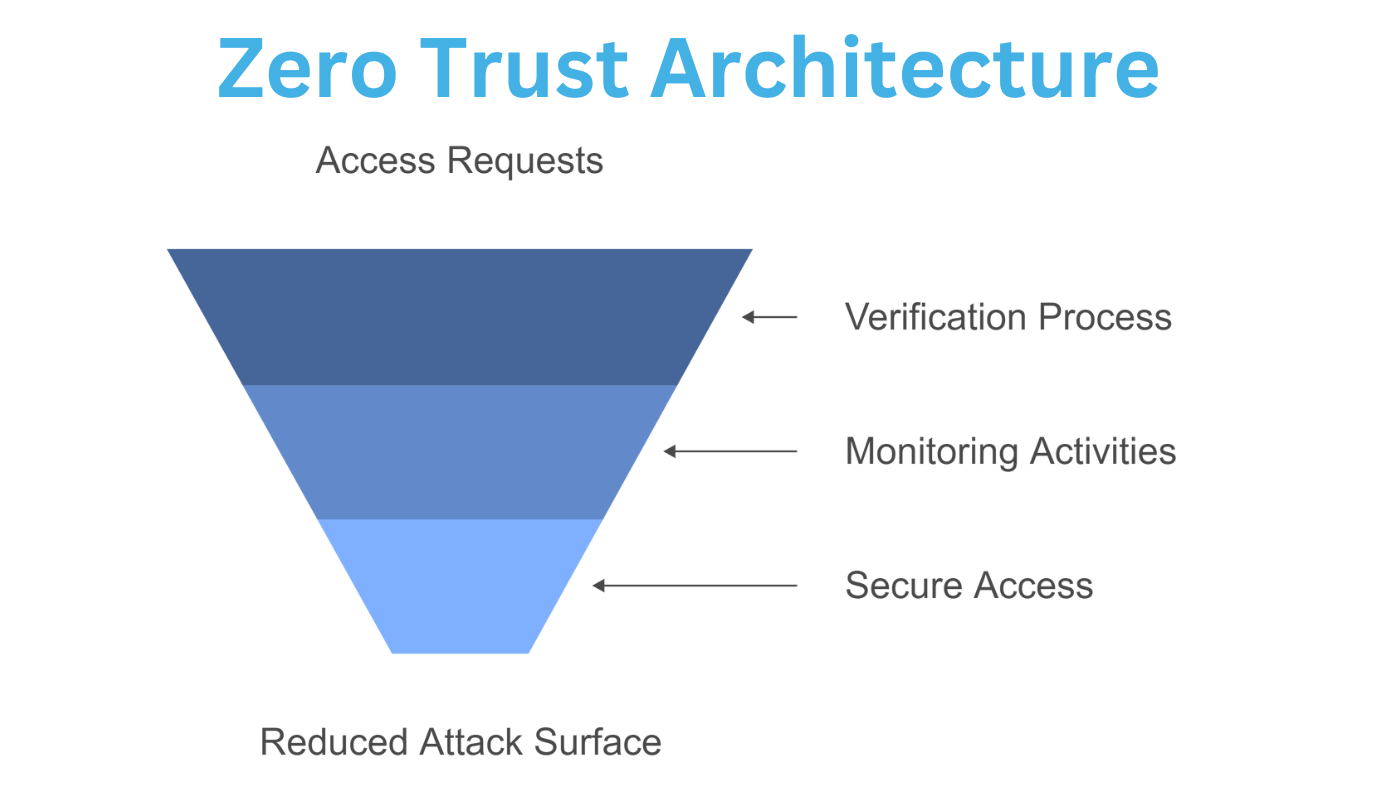Small to medium businesses (SMBs) are the lifeblood of the U.S. economy, driving 43.5% of our nation’s revenue. Ironically, they also play a major role in the cybercrime economy, accounting for 43% of all data breaches.
While SMBs are vital to economic growth, their increasing digital exposure and lack of cybersecurity expertise is making them prime targets for cybercriminals. The very businesses fueling our economic engine are now equally critical to cybercriminal operations, but this doesn’t have to be the case.
“By letting go of outdated cybersecurity strategies and adopting smarter methodologies, SMBs can effectively protect themselves and stop cybercriminals from turning their weaknesses into opportunities while keeping their operations secure and their reputation intact.”
Chad Koslow, CEO, Ridge IT Cyber
Why Are Traditional Cybersecurity Methods Failing?
Traditional cybersecurity methods are failing SMBs because they were built for a time when cyber threats were less advanced. Tools like firewalls, antivirus software, and manual patching are not as capable as they once were of keeping up with the fast-evolving tactics used by today’s cybercriminals.
Today’s cyber attackers use automation and speed to overwhelm outdated defenses. Hacking requires less nuance than it once did, and today’s automation tools make hacking more accessible to anyone, regardless of their skill set.
For instance, ransomware-as-a-service (RaaS) enables even inexperienced hackers to launch large-scale attacks with minimal effort. Phishing campaigns have also become more sophisticated, easily bypassing older security tools and preying on human error.
SMBs are especially vulnerable because they often rely on these traditional methods, unaware of how inadequate they have become. Cybercriminals know this and actively target them, exploiting the security gaps that outdated strategies leave behind.
Traditional security approaches like firewalls, antivirus software, and manual patch management, while once effective, are now struggling to protect against modern cyber threats.
The Shortcomings of Traditional Security Approaches
Below are just a few of the ways traditional cybersecurity solutions may be leaving SMBs with less protection than they realize.
1. Firewalls and Antivirus Software
Firewalls and antivirus software were designed to block known threats, but they’re reactive rather than proactive. Modern threats like ransomware, zero-day exploits, and advanced phishing campaigns can easily bypass these defenses.
Antivirus software, for example, relies on recognizing known malware signatures. Cybercriminals now create malware that evolves rapidly, allowing it to slip past traditional defenses unnoticed.
Unify Your Security & Performance With an MSP and MSSP Combined
Say goodbye to security and network performance gaps with a comprehensive solution.
2. Perimeter-Based Defense
Many SMBs rely heavily on perimeter security, which focuses on protecting the network’s outer edges with firewalls and intrusion detection systems. While this strategy was once effective, it doesn’t address threats that come from within—such as phishing attacks or malware spread through compromised employee accounts.
In today’s world, where remote work and cloud-based services are common, the network perimeter is no longer the main battleground. Once attackers are inside, traditional defenses do little to stop them.
3. Manual Patch Management
Keeping software up to date with security patches is essential, but manual patch management is often slow and inconsistent. Many SMBs delay updates or lack the resources to keep up with the constant flow of new patches.
This creates windows of vulnerability that cybercriminals can exploit. Automated attacks scan for unpatched systems, making SMBs with outdated software an easy target for breaches.
Modern Solutions to Outdated Methods
Cybercriminals aren’t lone hackers working out of dark rooms—they’re running sophisticated, well-organized operations. And if SMBs want to stay ahead, they need to ditch outdated defenses and embrace strategies that are smarter and more resilient.
Zero Trust: Hide Everything You Can
One of the smartest moves any SMB can make is adopting a Zero Trust approach. Instead of trusting anyone who’s “inside” the network by default, Zero Trust assumes no one can be trusted—not without verification. Every access request is checked, double-checked, and monitored to keep unauthorized users out.
Why does this matter? Because hiding your most valuable assets from prying eyes drastically reduces your attack surface. Technologies like reverse proxies let your employees securely access resources without exposing your internal systems to the internet. In other words, attackers won’t even know what to aim for.

Automation and AI-Powered Tools: Turn One Person Into a Team
If you’re an SMB, chances are your IT team is small and wearing multiple hats. That’s where automation and AI-powered tools come in to save the day. These technologies can handle much of the heavy lifting when it comes to cybersecurity—monitoring your network 24/7, flagging suspicious behavior, and responding to threats in real time.
Think of automation as the ultimate force multiplier. With AI doing the grunt work, your team can focus on bigger issues without worrying about missing critical security alerts. From automatically applying patches to detecting abnormal network activity, these tools let you scale your defenses without needing a larger team. It’s like turning one IT person into a squad.
Managed Security Service Providers (MSSPs): Outsourcing Expertise That Delivers
Sometimes, the best move for an SMB is to outsource complex security tasks to the pros. Enter Managed Security Service Providers (MSSPs). Partnering with an MSSP gives you access to a full team of cybersecurity experts who can continuously monitor your systems, provide advanced threat intelligence, and respond quickly if an attack happens.
But not all MSSPs are created equal. You want a provider that does more than just “watch the wall.” Look for one that brings real value—offering proactive defenses, actionable insights, and a custom approach that fits your business. With the right MSSP, you can take your cybersecurity to the next level and realize true peace of mind.
Move From Traditional Solutions to Effective Security Strategies
The cyberdefense game has changed—cybercriminals have become smarter, more organized, and faster. If SMBs are going to stand a chance, they need to modernize their approach.
By adopting Zero Trust solutions, leveraging automation and AI tools, and partnering with a reliable MSSP, SMBs can build a strong, resilient defense—one that keeps them protected and ready to face whatever comes next.
To learn more about a better solution to secure your SMB, contact us today.








